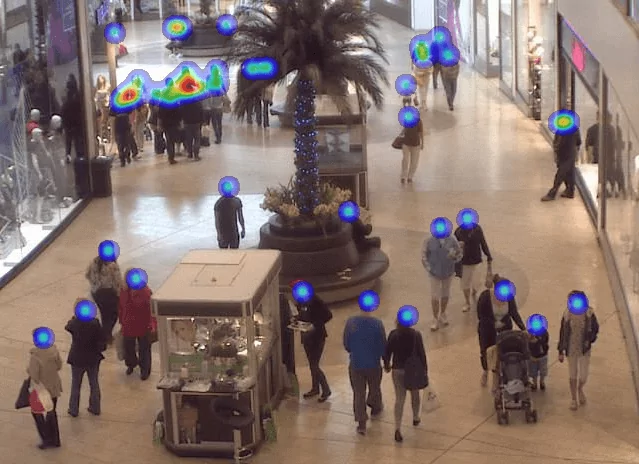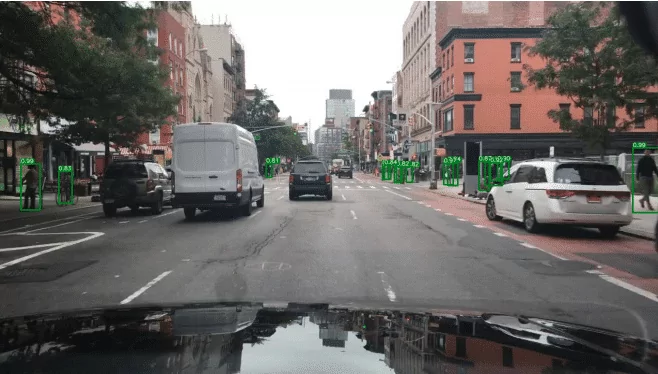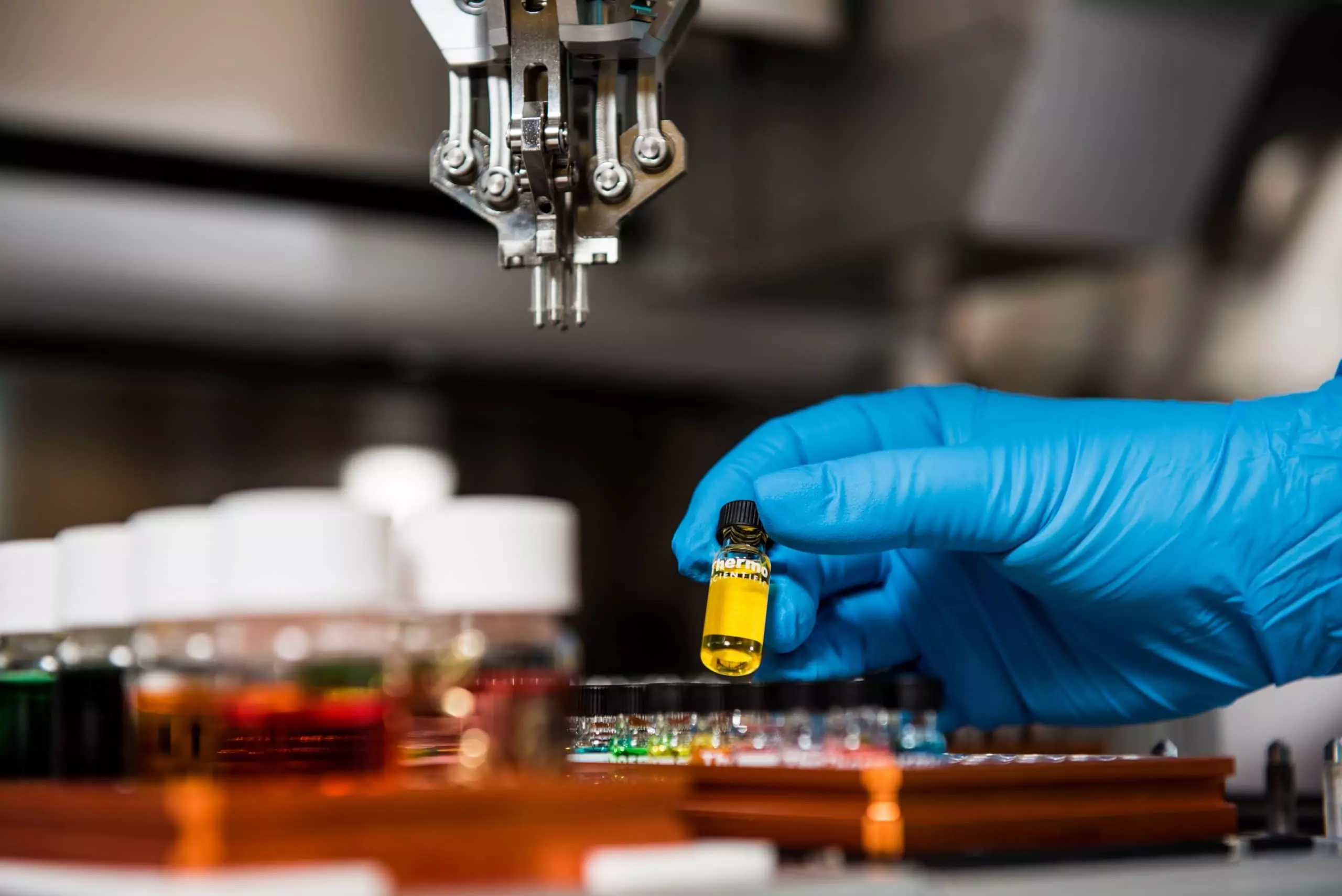A human brain has a natural ability to see and recognize images. What kids can see and identify from their first weeks of life cannot be repeated by computers as for now, despite the recent breakthrough in machine learning and image recognition.
However, in certain circumstances, we keep relying on human vision, even though it’s not an optimal solution. When it comes to manual analysis of numerous samples performed repetitively (a standard routine of microbiology labs), a human error is hard to avoid. There were attempts to automate this process by using classical algorithms, but the reliability of these algorithms is not enough to eliminate the human presence.
Inspired with the idea to improve the reliability of computer object detection and eliminate the necessity to handle it manually, we initiated a proof-of-concept project on automating microbiological analysis with the help of deep learning for one of our clients. After few rounds of the meticulous testing, we are happy to share the outcomes:
Project description
The overall goal of the project was to improve the accuracy of automated microbiological analysis with the help of image recognition using deep learning algorithms. The applied technology would determine whether bacteria appeared on a Petri dish (a positive sample) or it stayed clean (a negative sample) by analyzing samples images without a human specialist being involved.
Benefits of higher accuracy in microbiological analysis performed by a computer are undoubtedly important. In healthcare, this would mean shorter time of test results expectation (just imagine a medical lab working 24/7) and more correct diagnoses based on more accurate test results, which is crucial for patients, especially those with urgent health issues. For businesses that deal with the microbiological analysis of their production (usually in great volume), it would be a significant time and cost reduction solution.
There were a few problems that we faced during the project:
- Different size of Petri dishes used in laboratories, which means different sample types.
- Samples can contain additional information (such as notes and markings on Petri dishes, that could be treated as a bacterial colony).
- Bacteria can grow in different shapes and sizes (e.g. cover the whole surface of a dish), that’s why traditional algorithms have problems with identifying all possible cases.

Realisation
For the implementation, we’ve built a deep CNN (Convolutional Neural Network), that we trained using around 100 original images supplemented with artificially generated images (the ones with deliberately “complicated” data for the training purposes).
Making images eligible for the analysis was the main challenge in the project. To overcome it we created a special algorithm that pre-processed the images in a way that makes them suitable for further analysis: applies filters, places the elements in the center of the image, cuts off the edges which shouldn’t be analyzed etc.
Results
The accuracy of negative samples identification is almost 99.9%. For the positive samples, it varies around 90-95%.
The applied deep learning algorithm showed better accuracy than classical algorithms when handling the edge cases, such as confusing for classical algorithms Petri dishes with notes and markings.
Check out the video below to see the image recognition app for microbiological analysis in action. It demonstrates two scenarios of the image recognition process: the first one – when a positive sample has been identified, the second – when it was negative.
The interface has been kept simple and intuitive (drag and drop action, followed by one of two results: positive or negative) for the sake of a demo.
Business value
The adaptation of the project as described above allows to eliminate fully the necessity of having a human specialist involved in samples analysis (read cost reduction), speed up the process, increase the accuracy, as well as minimize the risk of human error in this process.
The image recognition function as described above was created for the narrow purpose: microbiological analysis of a specific type of sample images. However, the deep learning technology used for this project has a broader field of adaptation: medical services, quality control in the pharmaceutical industry and healthcare, industrial microbiology and so on.
Our next step in this field is to go further and develop a deep learning approach to bacterial colony classification.
We will be happy to consult you on artificial intelligence (AI), machine learning (ML), deep learning (DL) applications for your business. Drop us a line to get in touch.




